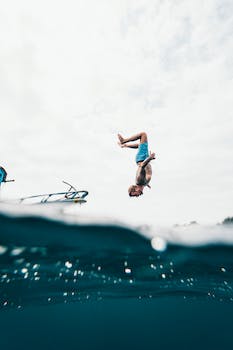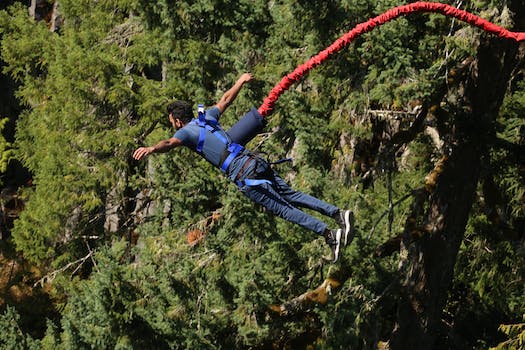From Novice to Pro: Tips for Mastering the Art of Rafting
Rafting is an exciting outdoor activity that allows adventurers to experience the thrill of navigating through wild rivers and challenging rapids. Whether you are a beginner or have some experience, there are always ways to improve your rafting skills and take your abilities from novice to pro. Here are some tips to help you master the art of rafting.
1. Take a professional course: The first step in becoming a skilled rafter is to get proper training. Sign up for a professional rafting course where experienced guides will teach you the fundamentals of rafting, including paddling techniques, safety measures, and river navigation. Learning from experts will give you a solid foundation to build upon.
2. Strengthen your physical fitness: Rafting requires physical strength and endurance, so it’s essential to be fit. Regular exercise and strength training, especially focusing on your core muscles and upper body strength, will significantly enhance your rafting skills. Swimming is also an excellent activity to improve your water confidence and stamina.
3. Master your paddle skills: Paddling is the most critical aspect of rafting. Learn how to effectively use your paddle to maneuver the raft. Practice different paddle strokes such as forward strokes, backward strokes, draw strokes, and the all-important high-siding technique. The more comfortable you get with your paddle, the better control you will have over your raft.
4. Understand river dynamics: River dynamics, such as current speed, eddies, obstacles, and rapids, play a significant role in rafting. Learn how to read the river and understand its flow patterns. Observe the behavior of water and anticipate its movements. Understanding river dynamics will help you make quicker decisions and navigate through challenging terrains with ease.
5. Develop strong teamwork: Rafting is not a solo sport; it requires excellent teamwork. Communicate effectively with your teammates while on the river and establish a clear plan and strategy for a successful run. Trust and rely on each other in challenging situations. Teamwork will make your rafting experience safer and more enjoyable.
6. Be familiar with rescue techniques: Safety should always be a top priority while rafting. Familiarize yourself with rescue techniques, such as flipping the raft and self-rescue methods. Practice swiftwater rescue drills with your team or take a separate rescue course. Knowing how to handle emergency situations will ensure you are prepared for any unexpected challenges on the river.
7. Gain experience on different rivers: Expand your rafting skills by experiencing different rivers with varying difficulty levels. Each river has its own unique characteristics, and rafting on diverse terrains will expose you to new challenges and test your abilities. Push yourself to tackle tougher rapids and explore new locations to become a well-rounded rafter.
8. Stay updated with safety guidelines: River conditions can change rapidly, so it is crucial to stay updated with safety guidelines and regulations. Be aware of weather conditions, water levels, and any potential hazards on the river. Stay informed through local authorities, online resources, and by connecting with experienced rafting communities.
Remember, becoming a pro rafter takes time, practice, and patience. Don’t be discouraged by initial difficulties; instead, use them as opportunities to learn and grow. With dedication and the right mindset, you can master the art of rafting and enjoy this exhilarating adventure to the fullest. So grab your paddle, put on your helmet, and let the rapids guide you towards becoming a skilled rafter!
![]()







